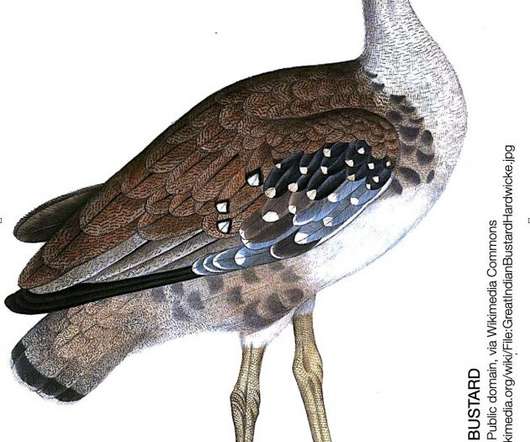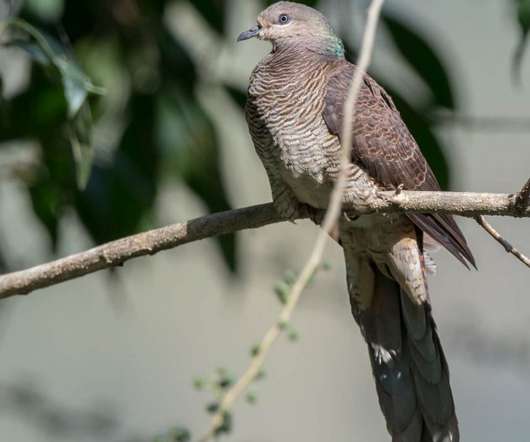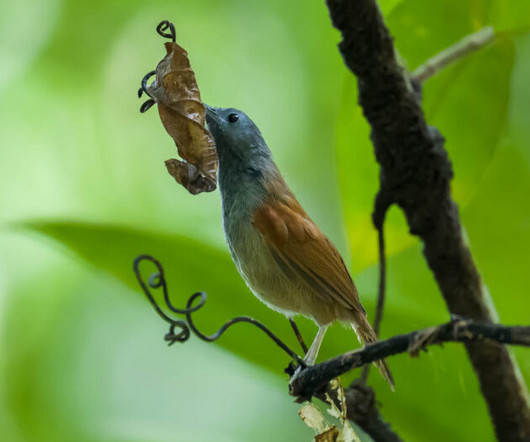This is my dream – this is my nightmare
10,000 Birds
JUNE 16, 2022
Shimmering in the distance, Nilgais , the biggest antelopes of Asia, walk by. Hunting and disturbance, deterioration, fragmentation and destruction of habitat were the forces behind the decline of this, once widespread species, making it Critically Endangered on the IUCN Global Red List. The main tactic is diversion.

























Let's personalize your content